By Rick VanSickle
A wine tasting at a little Toronto restaurant in 2007 was an early indication that Southbrook Vineyards could produce classic wines from the dirt in Niagara.
The late Larry Paterson, aka The Little Fat Wino, organized the tasting that pitted Ontario red wines against some of the most historic chateaus in Bordeaux. There were 34 red wines in all and they were poured blind for 12 judges to assess and score. Up against the Ontario wines were First Growth Bordeaux and other classified bottlings from the famed wine region. It just didn’t seem like a fair fight.
But the results of the tasting were shocking.
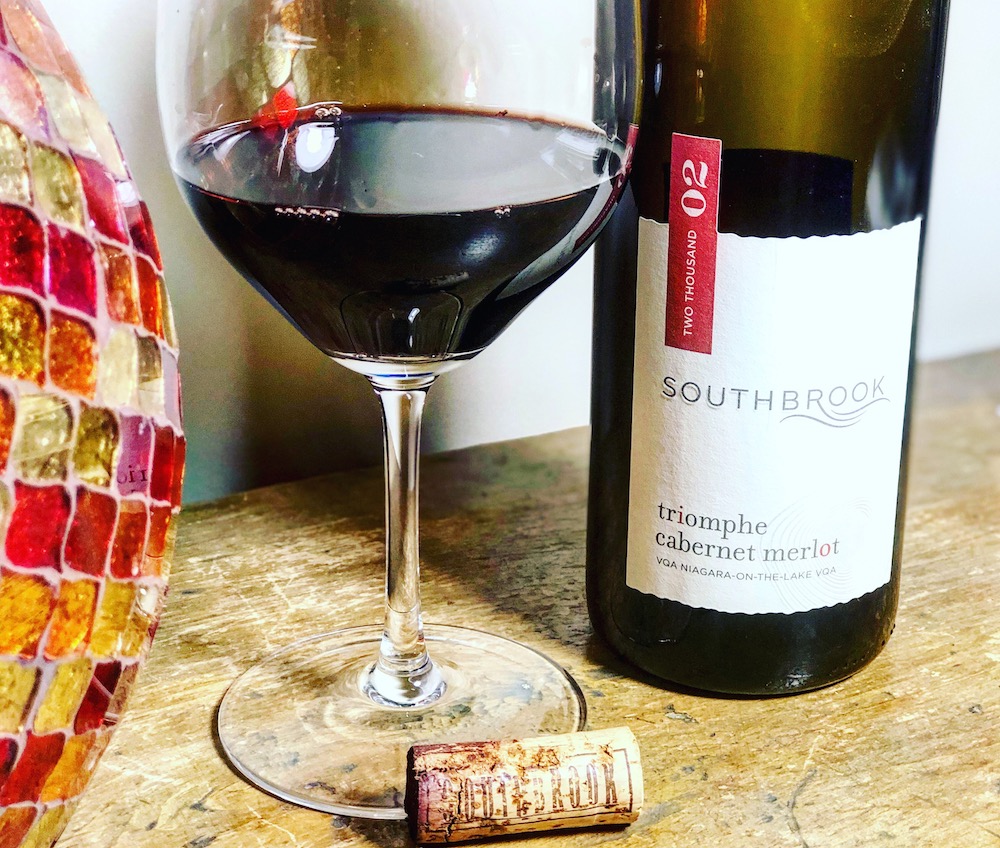
“A Niagara red few people have heard of edged out an illustrious lineup of Bordeaux, including Château Lafite Rothschild 2001 ($349, at the time) and Châteaux Margaux 2001 ($339), two trophy labels venerated the world over by people with apparently more money than time to do comparison shopping,” wrote Beppi Crosariol in the Globe and Mail on Feb. 24, 2007. The little-known red he mentioned was the Southbrook 2002 Triomphus Cabernet Merlot (later re-christened Poetica).
In 2002, Southbrook was between winemakers Derek Barnett (who left for Lailey Vineyards) and Ann Sperling (current winemaker). The grapes were sourced from various sites in Niagara-on-the-Lake and were made by Colin Campbell (who later joined the Durham Regional Police force) and Steve Byfield (who now owns his own label called Nyarai Cellars).
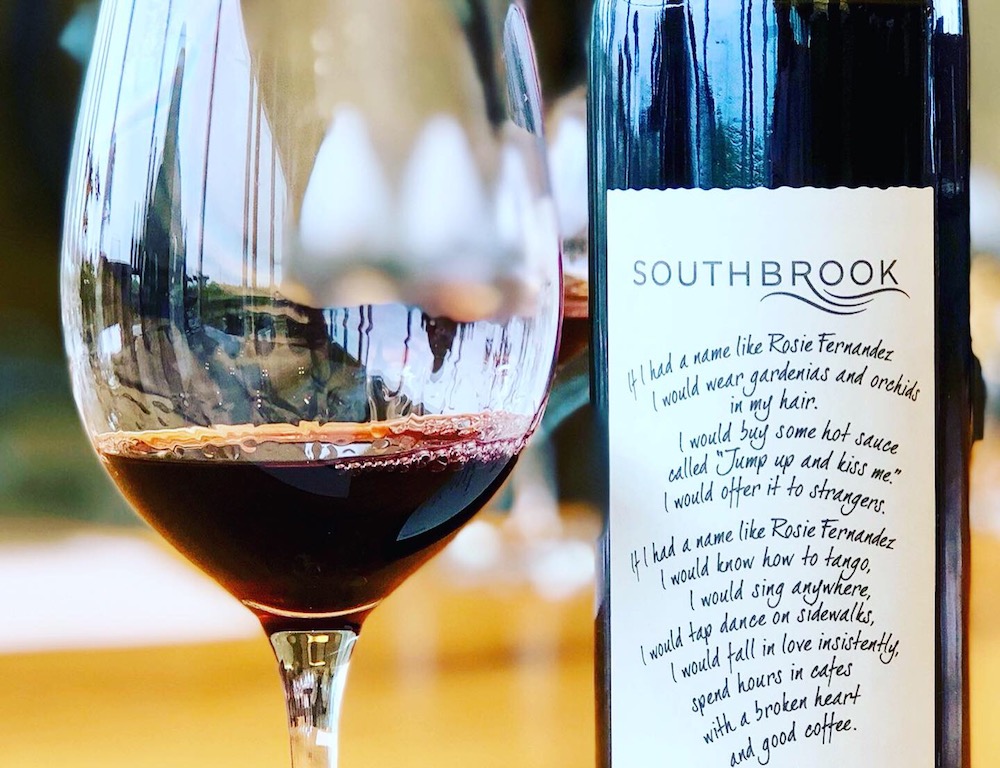
During this period, Southbrook made a Triomphe Cabernet Merlot, which sold for under $20 in 2002 and the Triomphus Cab Merlot 2002 (a blend of 42% Cabernet Sauvignon, 33% Cabernet Franc and 25% Merlot), which was selected from the best barrels from the reserve Triomphe. Southbrook owner Bill Redelmeier was told he could not call the top wine Triomphus because it was confusing and too closely associated with Triomphe, so the name Poetica was created to represent the top two wines made at the winery — Chardonnay and the red Bordeaux-variety blend.
“The idea was to build these wines for lasting,” said Redelmeier. “Ageability was one of the hallmarks of these wines, the ability to lay them down. Redelmeier today says that intensity and acidity were key components to the success of the Poetica wines, which have been made consistently since 2002.
I recently opened the 2002 Triomphe Cabernet Merlot ($18), the baby version of Poetica (Triomphus, which sold for $50) and was simply blown away by what was in my glass. I can’t compare it to the Triomphus, but what I experienced was a wine that was still very much alive with primary fruits, searing acidity and freshness that belied its age. I fully expect that $20 Niagara wine to keep offering enjoyment for at least another 10 years. So, I just can’t imagine what the Triomphus might taste like now.
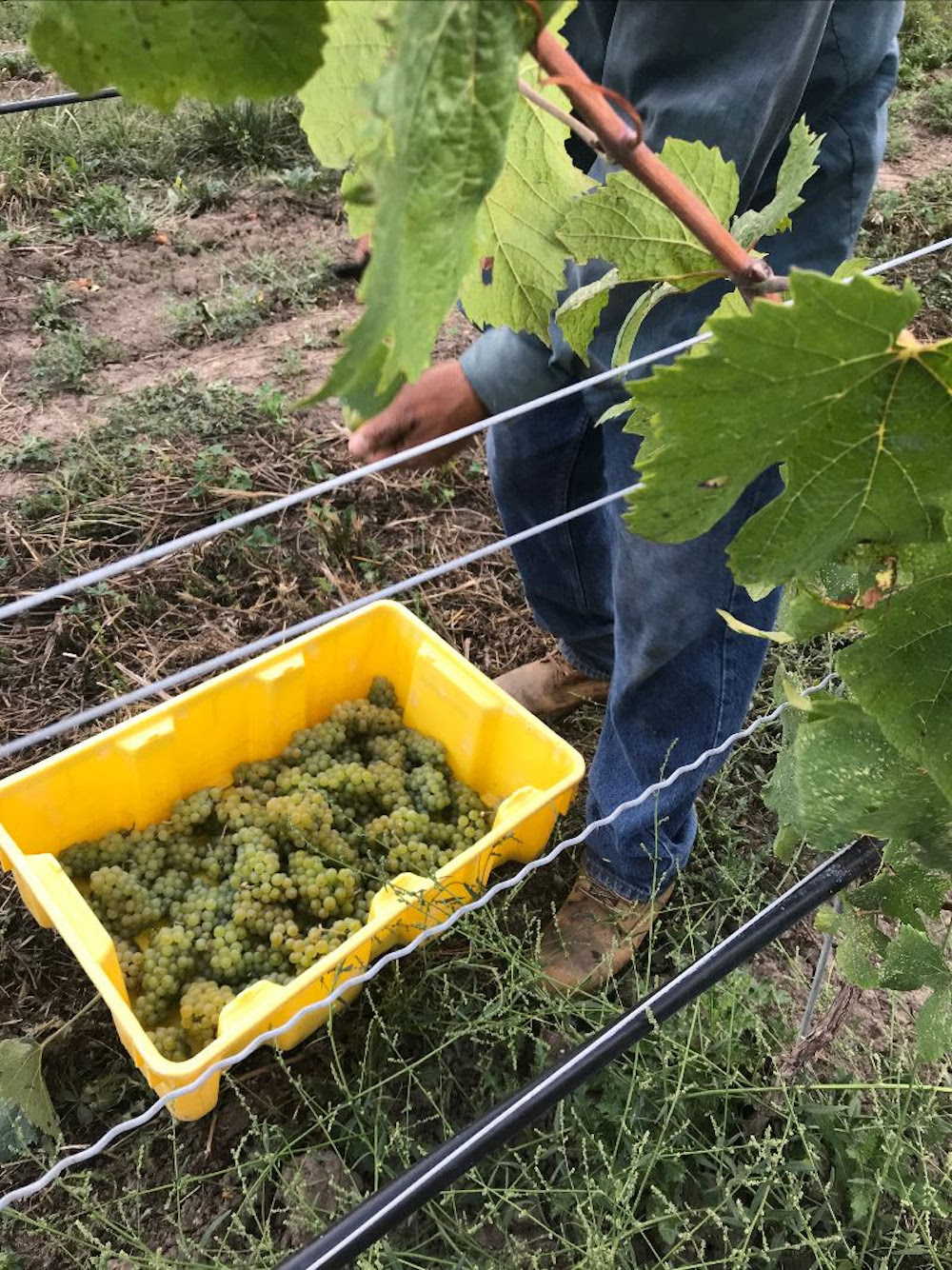
Today, of course, Poetica (both red and white) has only gotten better and benefits from the winemaking talents of Sperling and the maturing organic and biodynamic vineyards at the estate on Niagara Stone Road.
The Poetica wines are stunning and stark reminders of what Niagara winemakers can do at the top level of wine production in the region.
The newest release of Poetica Red, the 2016 vintage, is another stunner and quite possibly the best blend (93% Cabernet Sauvignon, 4% Merlot and 3% Petit Verdot) to ever emerge from Southbrook (it is reviewed below).
I sat down to taste a wide swath of the single-vineyard and reserve white and red wines with Sperling recently and was impressed with the quality across the board. Sperling uses only organic and biodymic fruit from the home vineyard and only organic fruit from trusted growers for the rest of the portfolio of table wines.
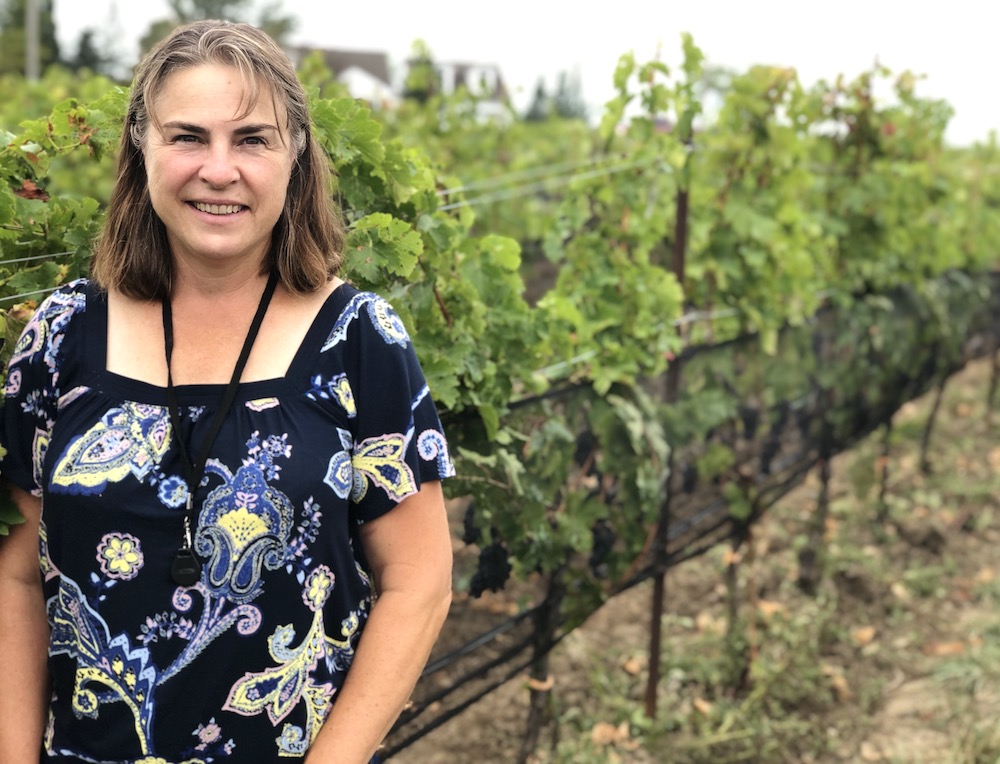
Sperling, above, was brought on as a winemaking consultant in 2005 and introduced Bill and Marilyn Redelmeier to an excellent opportunity. A 74-acre parcel in the warm Four Mile Creek sub-appellation of Niagara-on-the-Lake was on the market, complete with 36 acres of ideally planted, well-selected varieties and top-notch clones. The couple realized its potential, and decided on the new location to build the winery of their dreams. They convinced Sperling to sign on as full-time director of winemaking and viticulture.
Below is Southbrook’s “Green map,” go here for a better view.
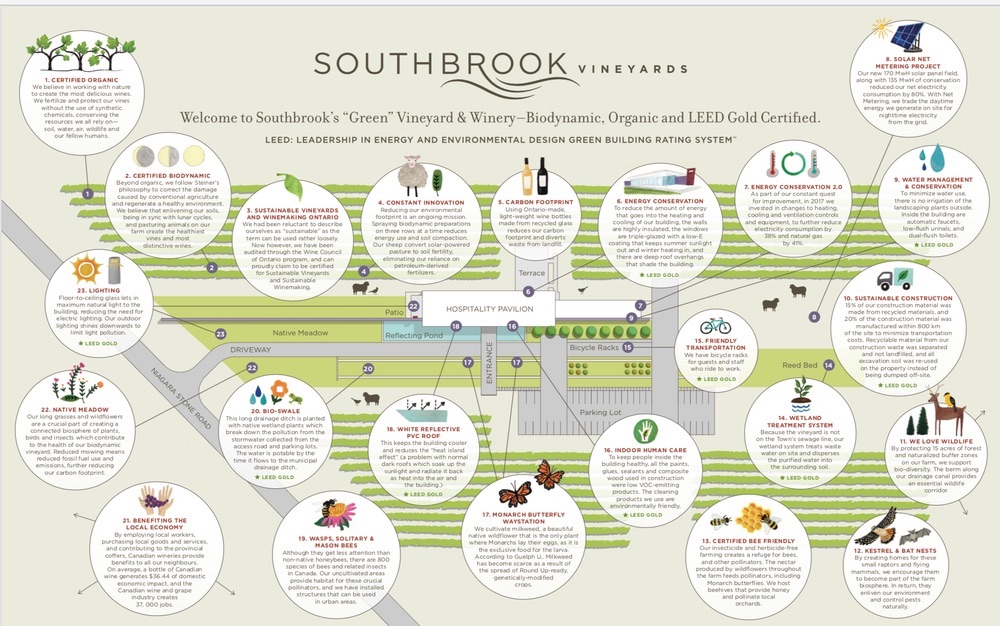
Southbrook has always been a champion of green farming, see above, and carries that through to the LEED Gold Certified winery at all steps. And it shows in the wines crafted by Sperling through the various tiers, whether it’s from estate grapes or carefully sourced from like-minded growers.
It’s been an unusual year for all of us, and that is no different for Sperling, who also owns a winery in Mendoza called Versado with her husband Peter Gamble, and also makes the wine at the family winery, Sperling Vineyards in Kelowna, B.C. She has not been able to travel to Argentina or B.C. since the COVID-19 pandemic brook out last March. She is hoping to get to B.C. this month.
Meanwhile, harvest in Ontario is in full swing. The first pick of the season at Southbrook was Sept. 2 for sparkling wines. But the main crop of the top grapes won’t be harvested until mid-October.
Here’s what I tasted with Sperling and what I can recommend:
The Whites
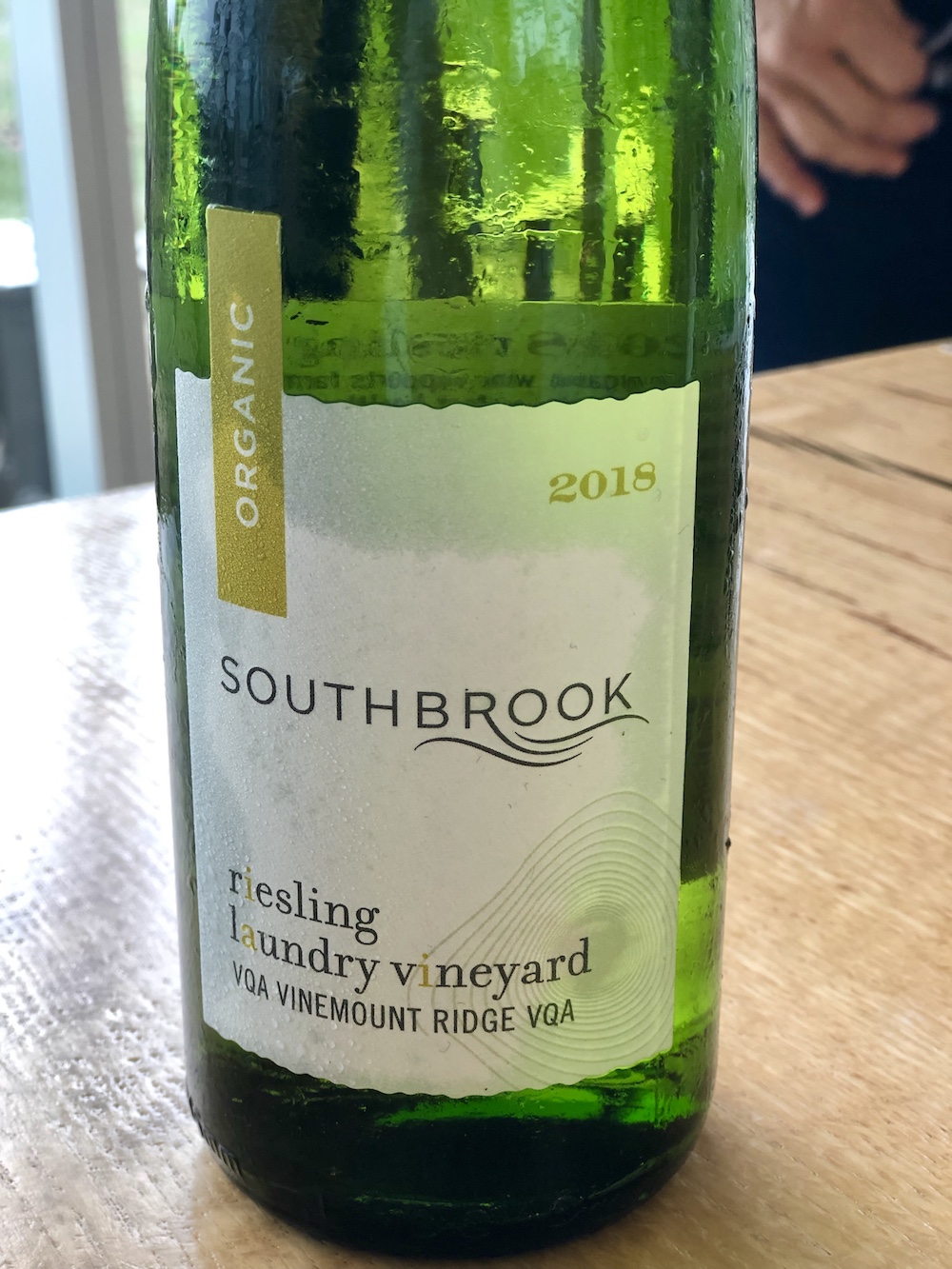
Southbrook Laundry Vineyard Riesling 2018 ($22, winery, SAQ, 91 points) — The organic Laundry Vineyard is a favourite for Sperling to source grapes from. Heather Laundry has been growing high quality organic grapes for 20 years, including Pinot Noir, Gamay, Riesling, Cabernet Franc and Chardonnay. This is a citrus bomb on the nose with grapefruit and fresh-cut lemon leading the way with limestone minerality, subtle petrol notes and just a smidge of ginger joining the party. It’s vibrant, crisp and lemony on the palate with tree fruit, limestone minerality, wonderful persistence and tension through a zesty finish. Should develop nicely in the cellar for 5-7 years.
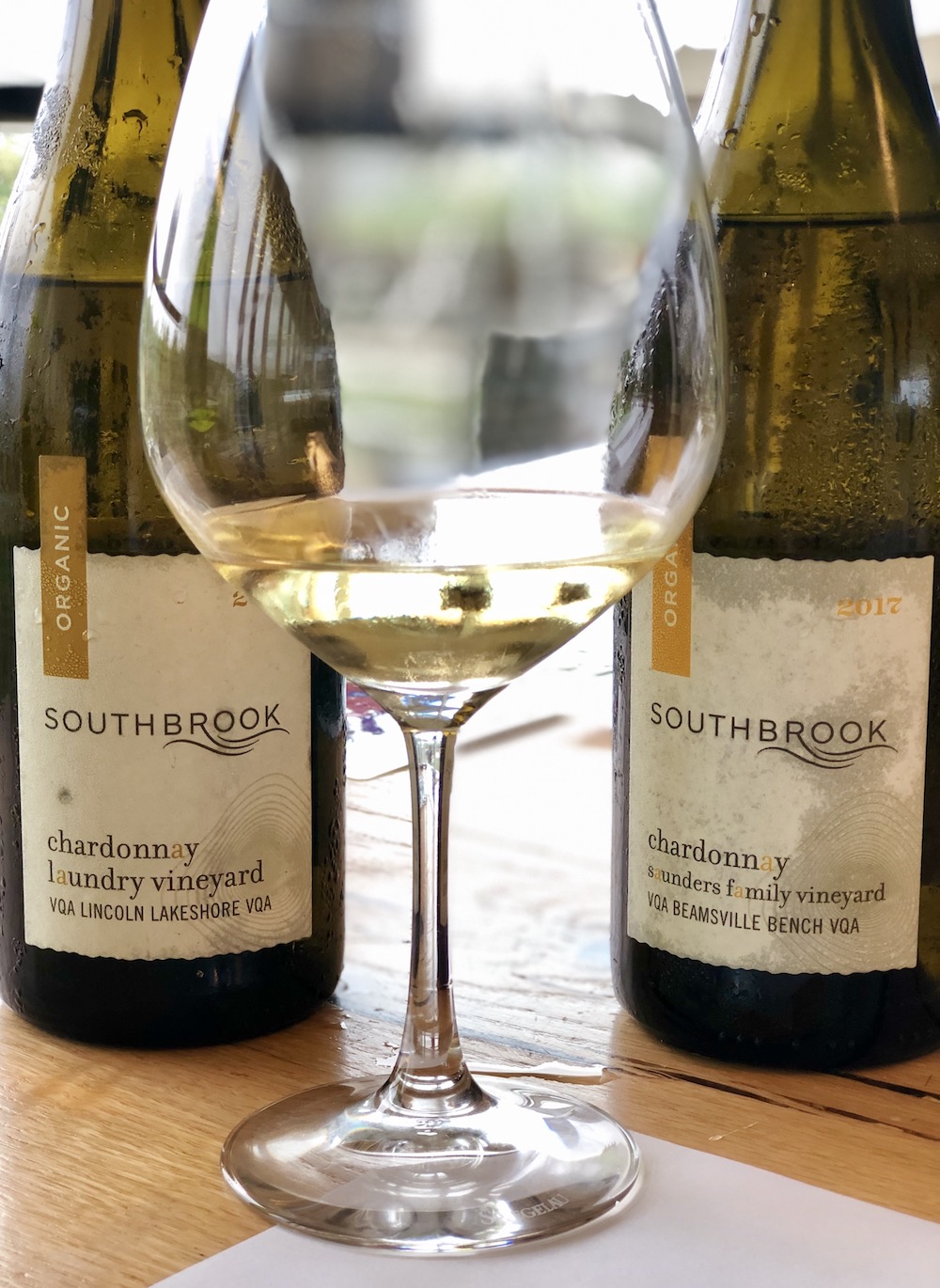
Southbrook Laundry Vineyard Chardonnay 2017 ($35, 92 points) — The fruit is hand harvested from old vines that are at least 25 years old in the Lincoln Lakeshore sub-appellation. Whole clusters were gently pressed and the slightly settled juice was transferred to 300 L, used French oak for wild yeast and malolactic fermentation. It was aged in only about 10% new French oak. This is lovely, with a sublime nose of wispy pear, lemon, underlying elegant spice notes, subtle apple and citrus. It has a creamy texture on the palate with notes of pure pear, lemon-citrus, crisp apple, spice and finessed through the finish. Good aging potential here, 5+ years.
Southbrook Saunders Vineyard Chardonnay 2017 ($35, 92 points) — This has a more perfumed nose and riper notes of pear, peach, apple, hazelnuts, mineral notes and spice. It’s more complex and fleshier than the Laundry with depth and layers to the stone fruits, lovely nuttiness and spice with finesses and flare through a persistent finish. Drinking well right now, but can cellar a few years.
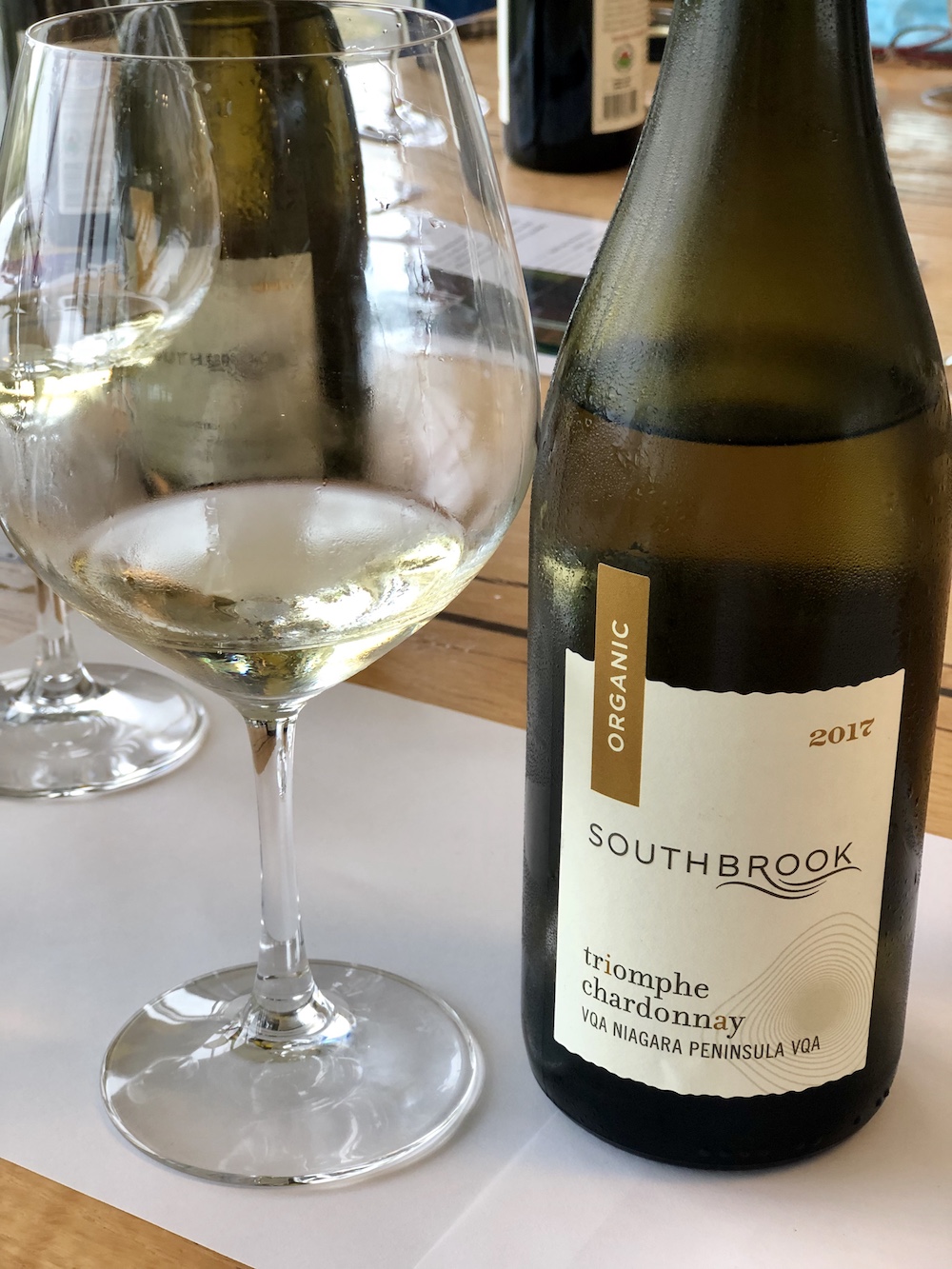
Southbrook Triomphe Chardonnay 2017 ($25, 89 points) — This is a regional blend of Chardonnays from organic growers, including 70% “later harvested” Chardonnay Musqué from Lincoln Lakeshore, and the remaining 30% from Twenty Mile and Beamsville Benches and relatively late harvested at several dates throughout October. This has a creamy nose of quince, lemon, light and toasty spice notes, subtle ripe apple notes and flinty minerality. It’s juicy on the palate with a hint of savoury spices, citrus, pear, crisp apple and a lifted finish.
The Reds
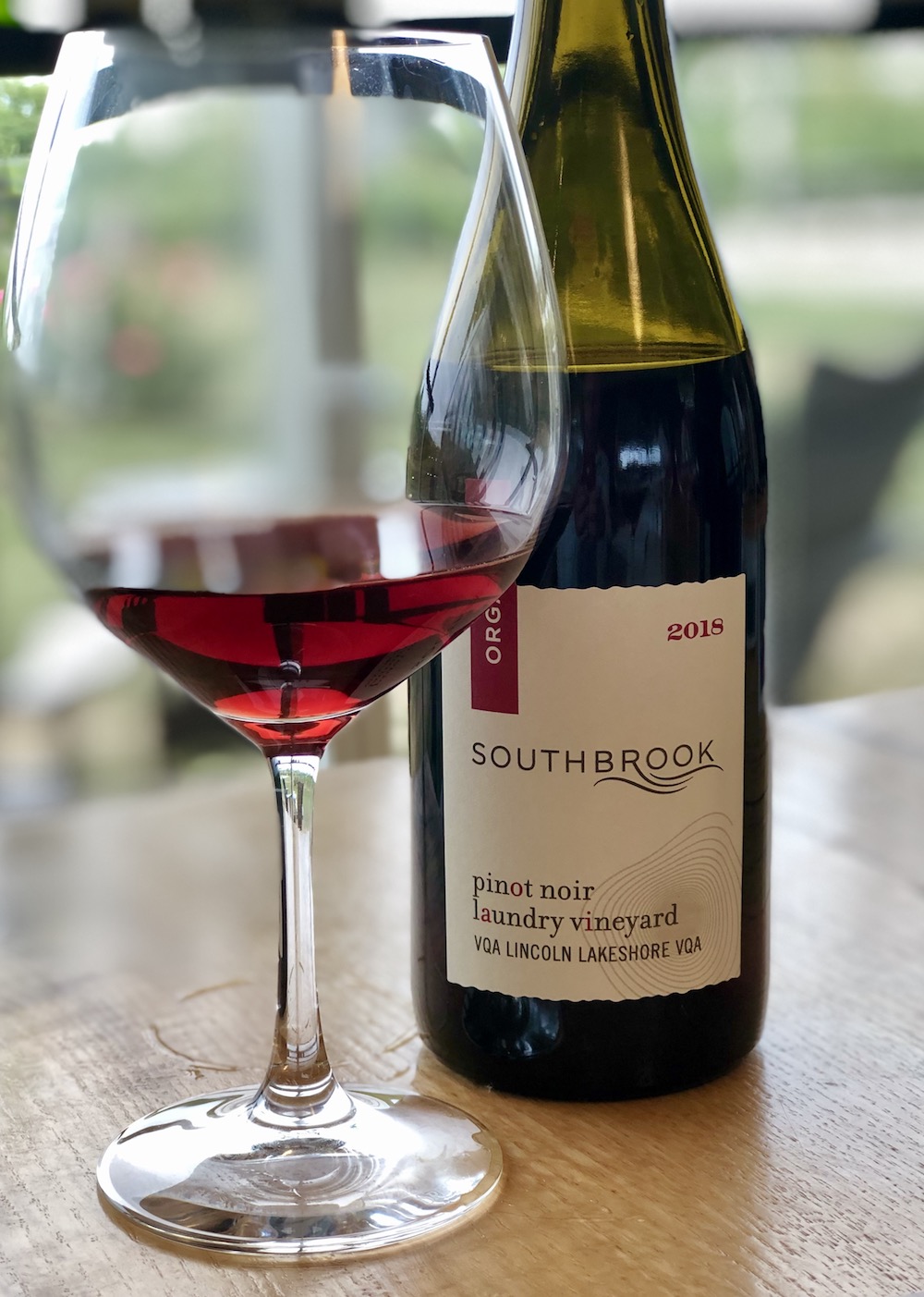
Southbrook Laundry Vineyard Pinot Noir 2018 ($35, 90 points) — This Pinot is wild fermented and spends 12 months in French oak, only 10% of the wood is new. It has a frisky, bright nose of savoury cherries, brambly raspberries, cassis, spice and juniper and other wild herbs. There is lovely underlying earthiness on the palate with dense red berries, cassis, anise and integrated spice notes with length and vibrancy through the finish.
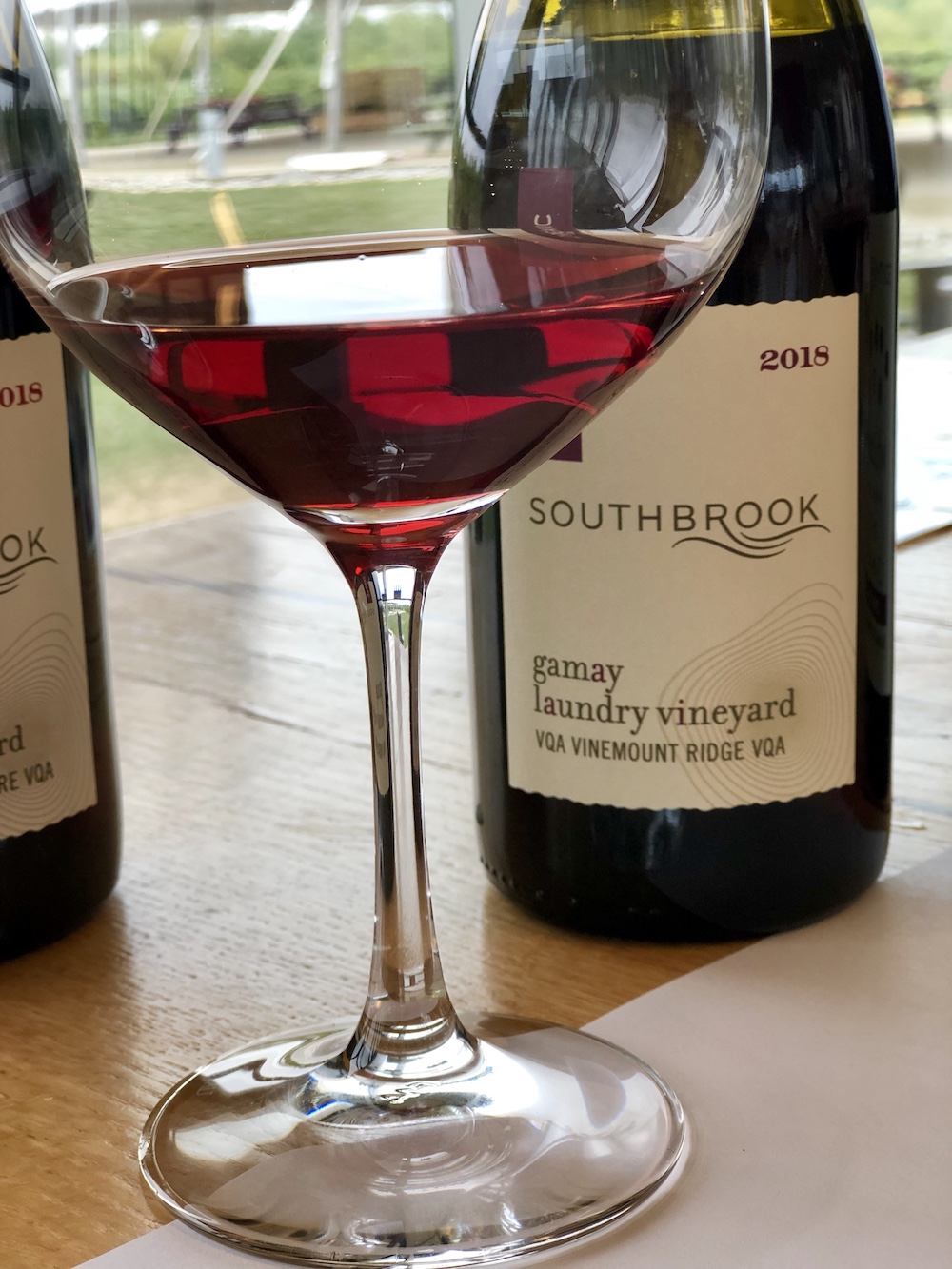
Southbrook Laundry Vineyard Gamay 2018 ($30, 91 points) — This Gamay is wild fermented and spends 12 months in neutral French oak barrels. It has an attractive nose of raspberries, strawberries and blue plums in a pure and persistent profile. It’s smooth and highly gulpable on the palate with a bevy of juicy red berries and tingly acidity on the finish.
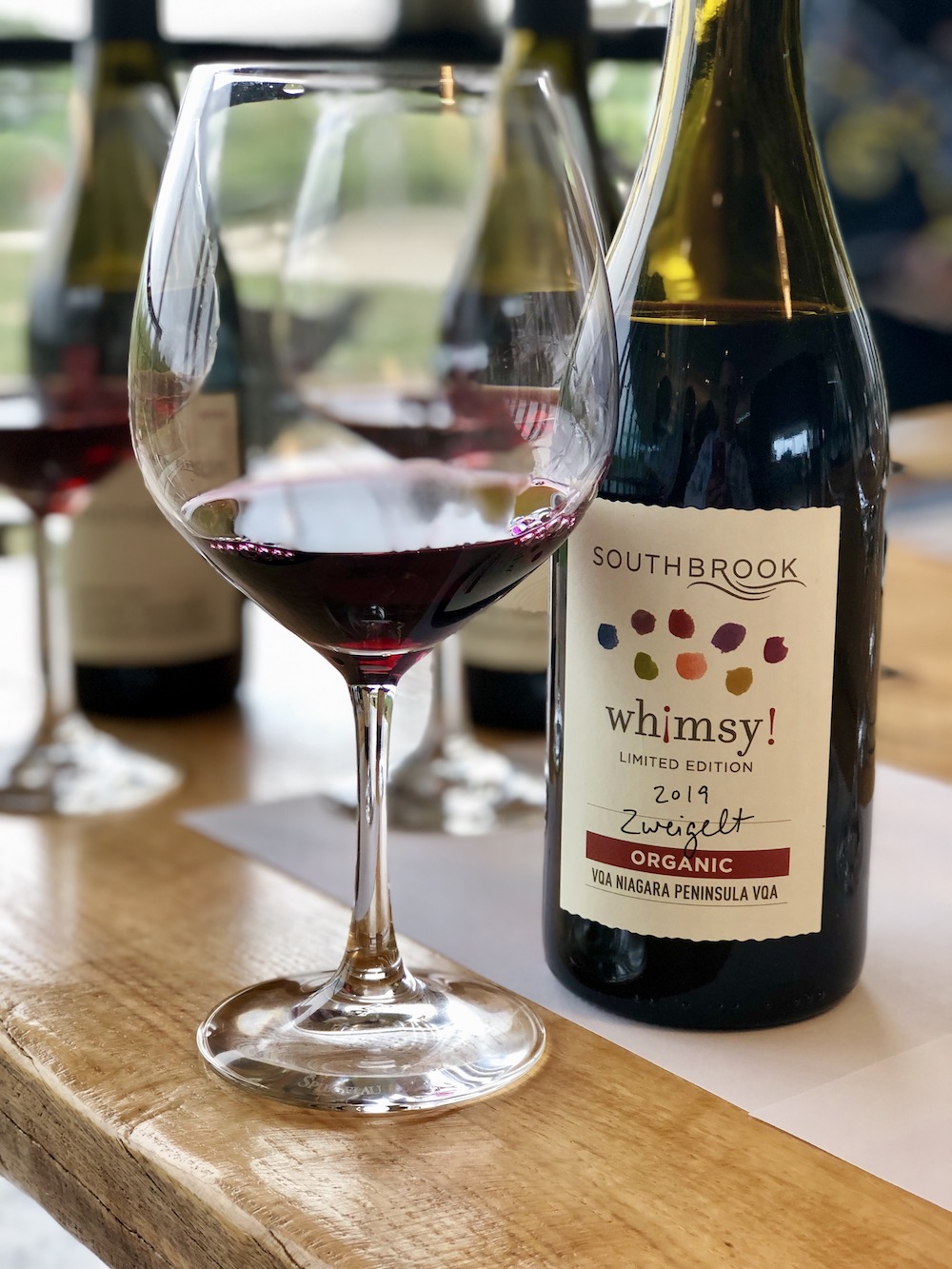
Southbrook Whimsy! Zweigelt 2019 ($35, 88 points) — This is the first and last bottling of Zweigelt, a hybrid grape that originated in Austrian, as the grapes were pulled out after the 2019 harvest. It’s made in a natural style with no additives, bottled unfiltered and low sulphur additions. It’s bright and savoury on the nose with some reductive notes, herbs, cherries and wild blueberries. It has a firm acidic backbone, gritty tannins, tart red fruits, blueberries and herbs.
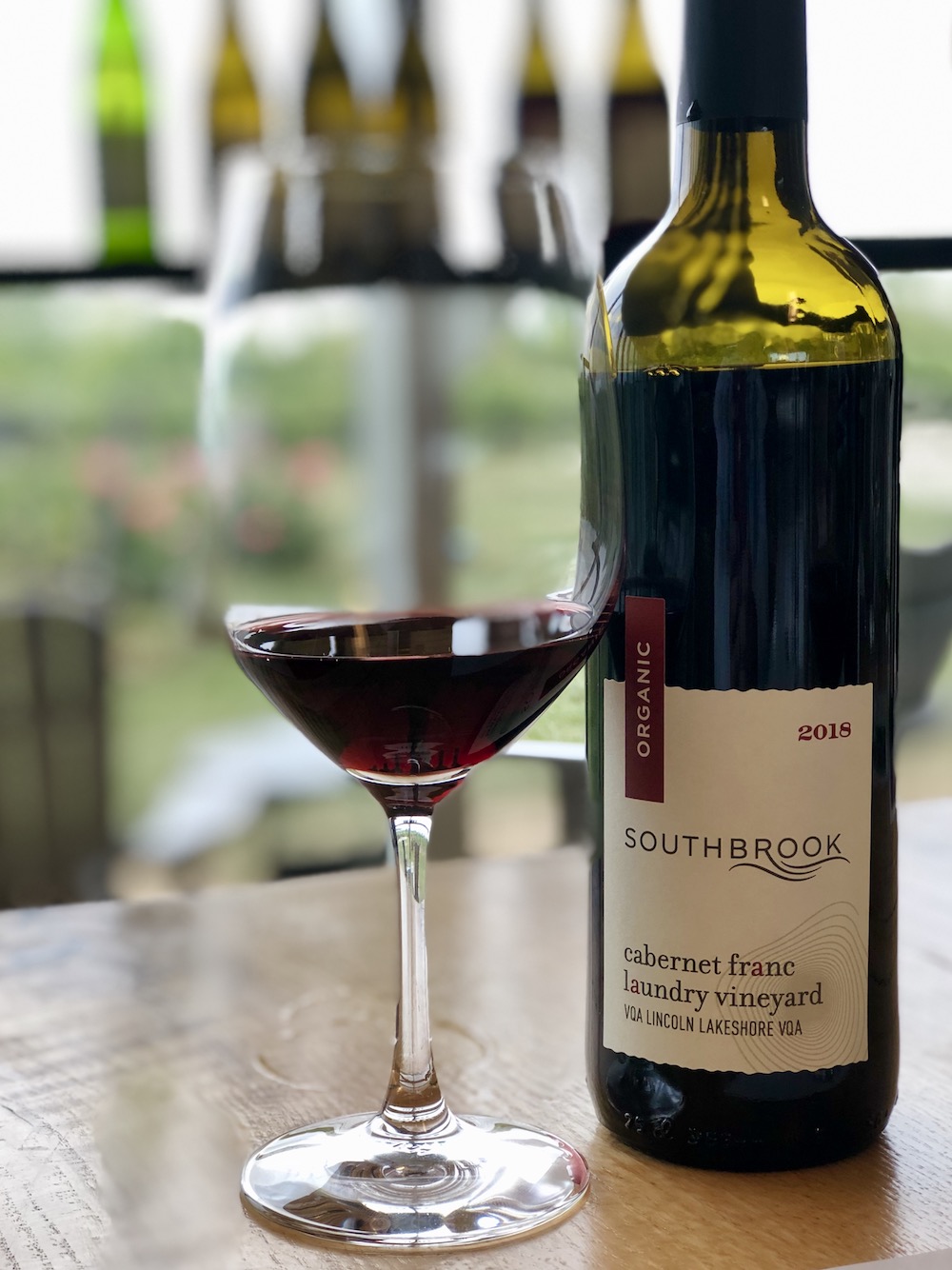
Southbrook Laundry Vineyard Cabernet Franc 2018 ($35, 90 points) — This is a highly aromatic Cab Franc with concentrated raspberries, dark cherries, anise, tobacco, minty herbs and spice notes. It’s fruit-packed on the palate with rich red berries, anise, eucalypt, touch of spice, medium tannins and bright acidity driving through the finish.
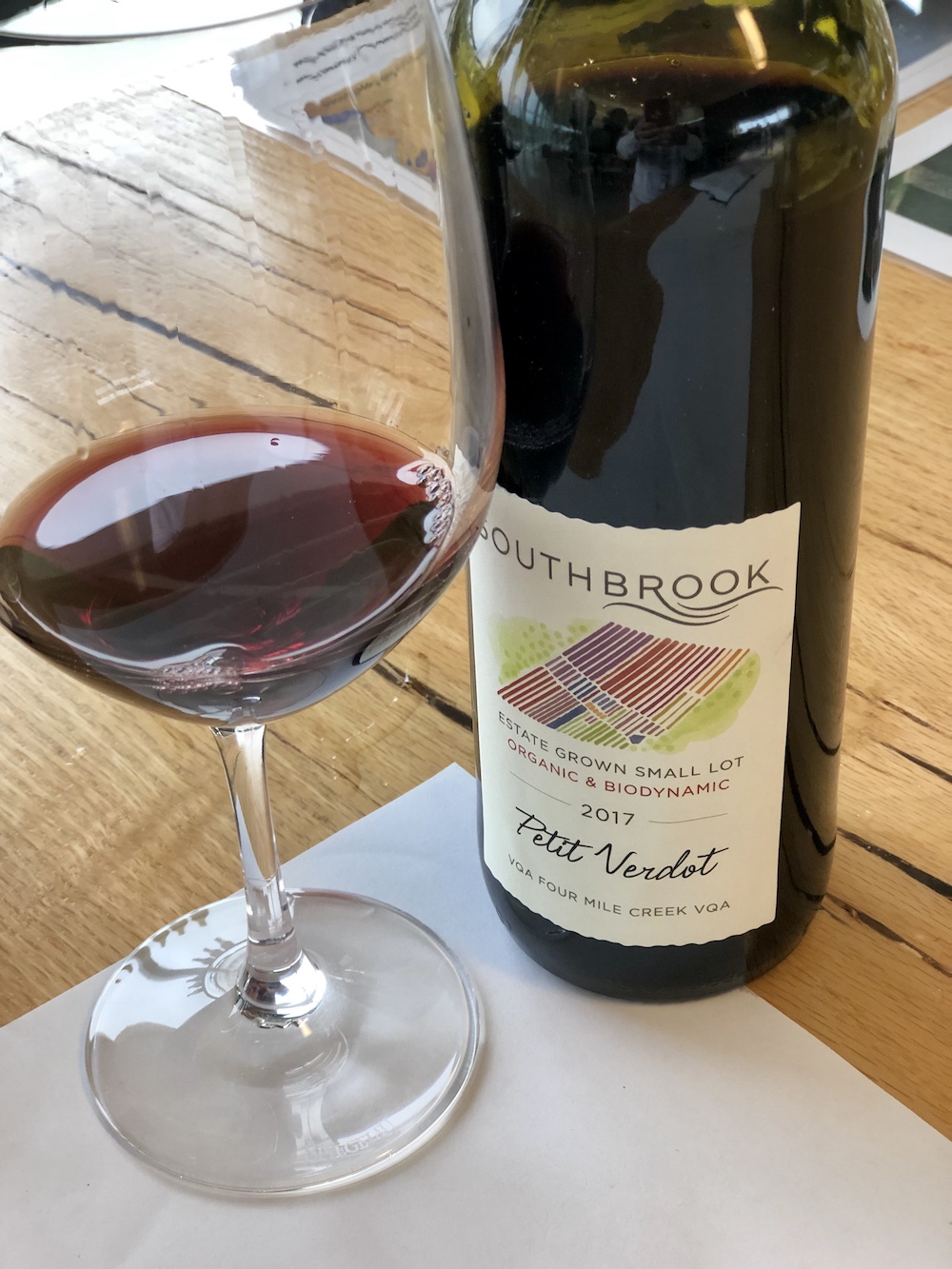
Southbrook Estate Small Lot Petit Verdot 2017 ($45, 92 points) — The estate fruit for this wine, planted in 2008, is organically grown and biodynamically farmed and spends 24 months in small and large format mostly used French barrels. It has a lovely perfumed nose of red and dark berries, subtle spice notes and mocha. It’s pure and persistent on the palate with depth and complexity that shows raspberries, cherries, tangy blackberries, ripe tannins and length through a vibrant finish.
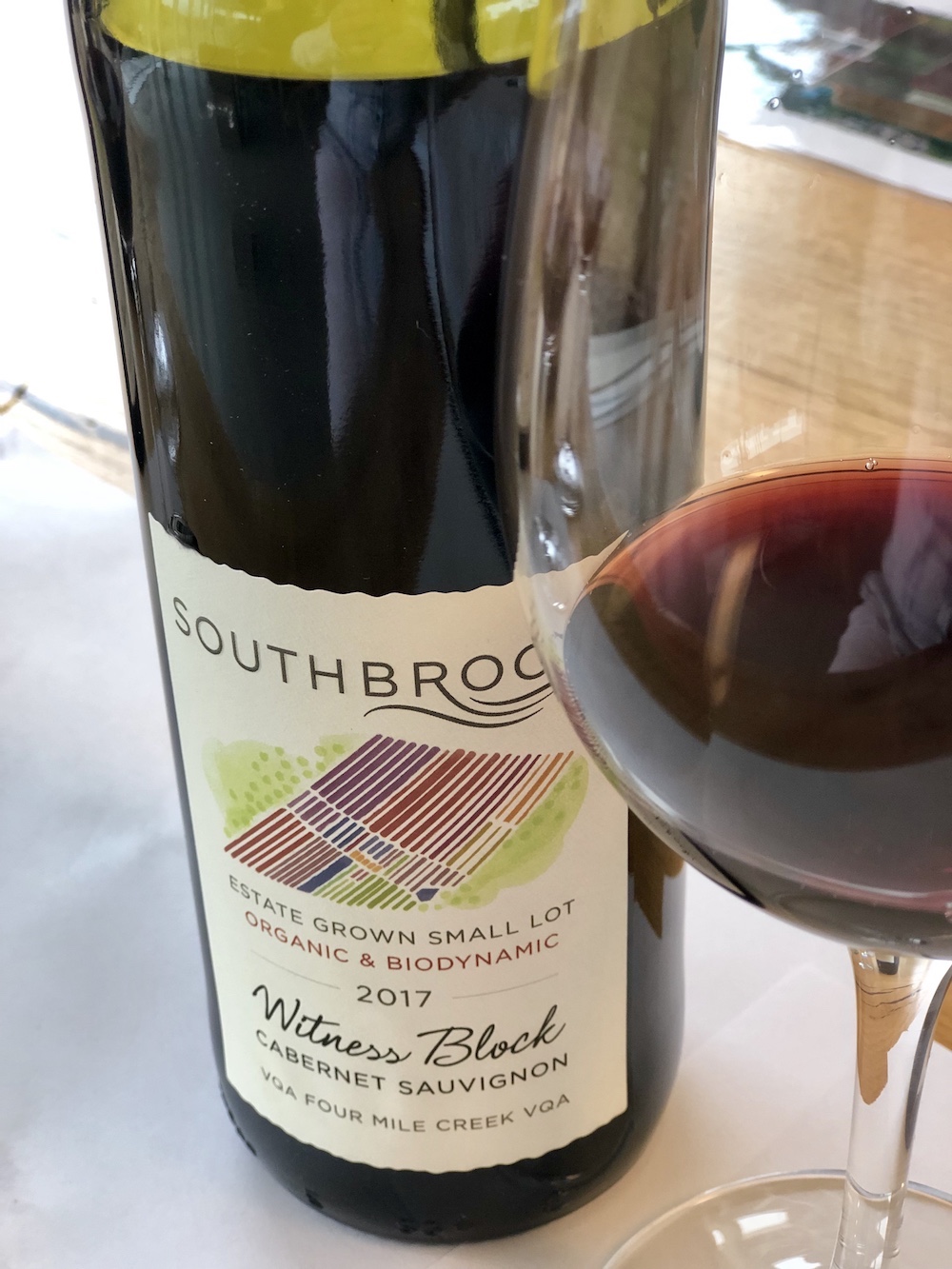
Southbrook Witness Block Cabernet Sauvignon 2017 ($45, Vintages, previously reviewed, 92 points) — This organic and biodynamically farmed Cab Sauv was wild fermented in new open top barrels with daily punch downs. It was aged in French oak barrels for 12 months in a combination of old and new wood. Such a pretty nose of blackberries, black currants, underlying cherries, sage and elegant spice notes. It has firm tannic structure and bright acidity with juicy blackberries, forest berries, currants and lovely spice notes on a highly structured frame that should only improve in the cellar for 10+ years.
Southbrook Estate Small Lot Winemaker’s Blend 2018 ($45, 91 points) — This “baby Poetica” bottling is a blend of estate Cabernet Sauvignon and Merlot. The nose shows deep notes of black currants, blackberries, dark cherries, cocoa, leather and elegant spice notes. It’s nicely balanced on the palate with juicy dark fruits, some cherries and anise, oak spices, polished tannins and depth through a bright, finessed finish. The 2017 version of this wine has more concentration and shows a bit more balance at this stage. Both versions can age nicely for 7+ years.
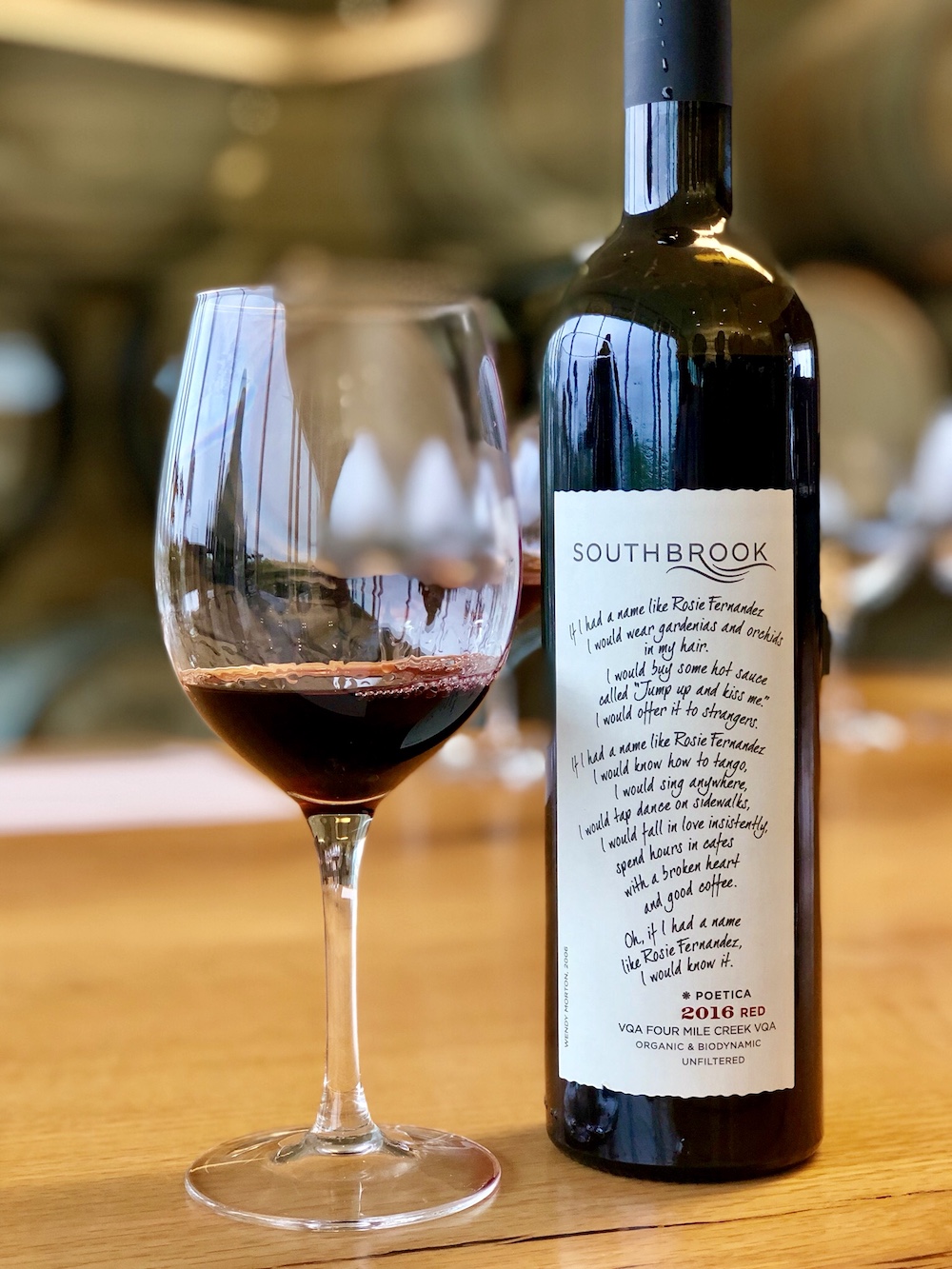
Southbrook Poetica Red 2016 ($75, 95 points) — All roads at Southbrook lead to the top tier Poetica Red and White wines in any given vintage. It is here that the top barrels from the top blocks in the estate vintage are singled out for Poetica in only the best vintages. The Poetica wine program began as a Cabernet Merlot labeled blend in 2007, but became known as “Red” in 2010 with the addition of Petit Verdot. These are generally legendary wines that age beautifully for 20 years or more. I feel the 2016 might even go further than that. The blend is 93% Cabernet Sauvignon, 4% Merlot and 3% Petit Verdot all from the hot 2016 vintage that produced some remarkable Bordeaux variety wines in Niagara, especially from Niagara-on-the-Lake. Count the Poetica Red 2016 among the best. The wine spends 24 months in French oak barriques, 50% of the oak is new with further bottle aging for two years. The expressive nose shows a concentration of ripe blackberries, black currants, dark cherries, elegant oak spices and mocha. Such a soulful wine on the palate with an enticing array of ripe black currants, cassis, kirsch and blackberries that marry perfectly to the woodsy spices, ripe tannic structure, mocha and toasted vanilla notes. The fruit echos on the finish for minutes with enough juicy acidity to keep it balanced and poised for many years to come. Do yourself a favour and grab a couple and put them away for further integration. One of Ontario’s top reds of the vintage.








Comment here